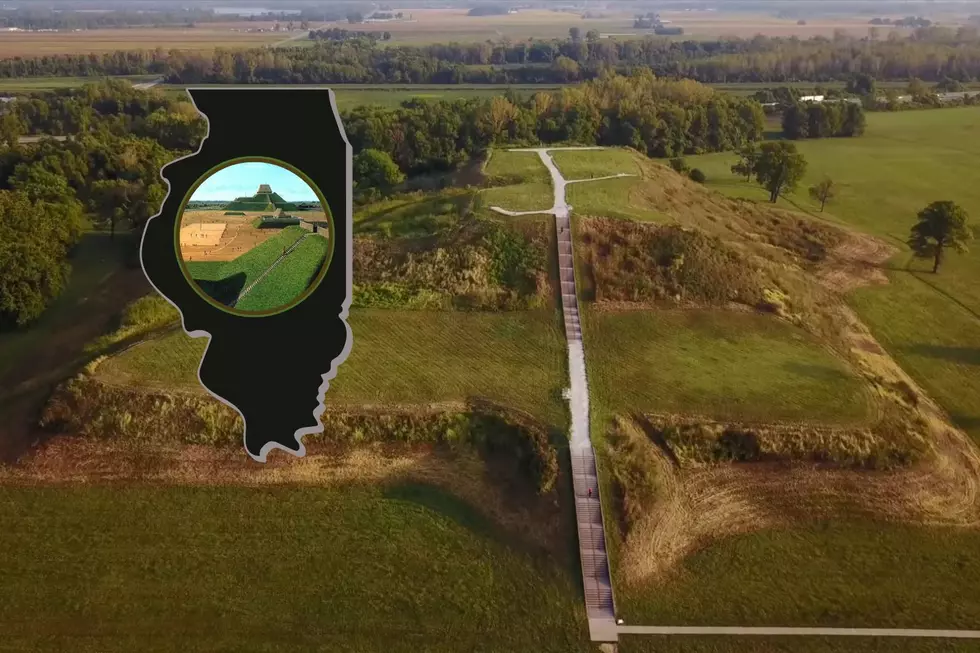
Five Ways Weather in Southern Indiana, Kentucky, and Illinois is Predicted through Nature
Nature has more than a few tricks up its sleeve to help us anticipate the severity of the impending cold season. While some methods may appear unconventional, they have been passed down through generations, blending folklore with a hint of science.
Aching Joints
While it may sound like a bit of old-timey wisdom, there's a surprising amount of truth to this one. Numerous people, myself included, say that their joints ache in response to impending rain, snow, or ice. I can tell you when rain is about 24 hours away. Snow and ice make me hurt the worst. Oh, and the restless legs also fall under this weird way of predicting precipitation.
Woolly bear worms are also affectionately known as caterpillars...Wait, what? While scientists may argue that woolly bear worm studies lack substantial scale, the Farmers Almanac presents an intriguing perspective. According to this timeless source of wisdom, the width of the rusty band on these caterpillars holds the key. A wide band hints at a mild winter, while an abundance of black predicts a more severe one. It's crucial to note that other fuzzy caterpillar colors don't carry the same forecasting weight.
Squirrels with Extra Fluffy Tails
Many of us have heard the age-old belief that our pets growing thicker winter coats equals a harsh season. It's believed that if our squirrel friends have extry bushy or fluffy tails in the fall, we will be in for a harsh winter. You would really have to get to know your neighborhood squirrels to fact-check this one. Then there is this quote from the Old Farmers Almanac:
“When squirrels early start to hoard,
winter will pierce us like a sword.”
Web of Winter
I have seen some pretty intricate spiderwebs out on my back deck, but I didn't know that they could provide insight into the changing seasons. If you happen upon a spider meticulously spinning a large web in the fall, it might be nature's way of signaling frosty mornings and a frigid winter ahead.
Tough Skin = Harsh Winter
This particular nugget of wisdom comes from the world of fruits and vegetables. If you find yourself struggling to shuck corn, bite into an apple, or slice an onion (gross), brace yourself for the possibility of a severe winter. While enduring a blizzard might be preferable to cutting into an onion for some, these age-old indicators serve as unique reminders of nature's ability to communicate with us.
Read More: Farmer’s Almanac Predicts First Frost of 2023 for IN, KY, & IL |
As winter approaches, it's fascinating to explore the ways in which nature's subtle signals and folk wisdom intersect. While these methods may not provide foolproof forecasts, they add a touch of exploration to the fall season, inviting us to connect with the natural world in unexpected ways.
KEEP READING: Get answers to 51 of the most frequently asked weather questions...

Real Or Fake Weather Terms
LOOK: The most expensive weather and climate disasters in recent decades
More From My WJLT 105.3









